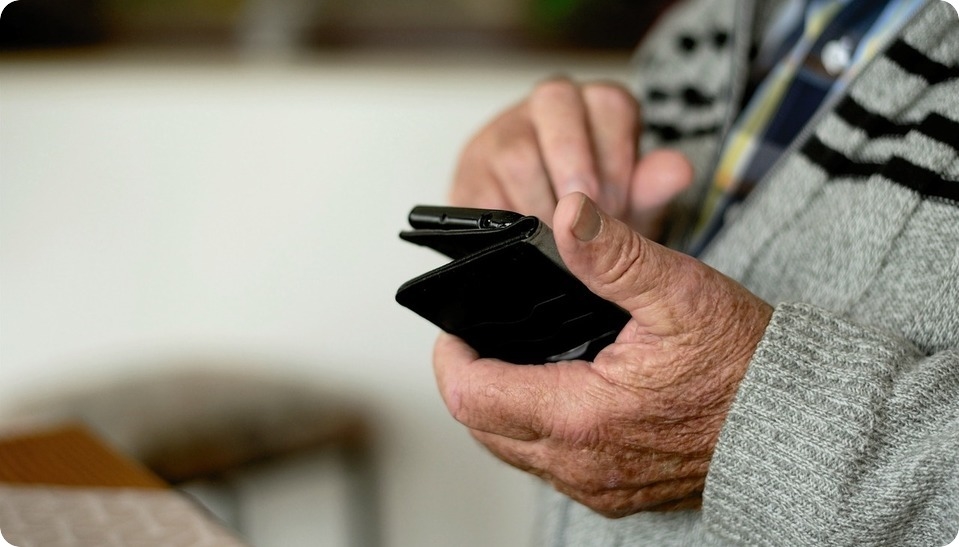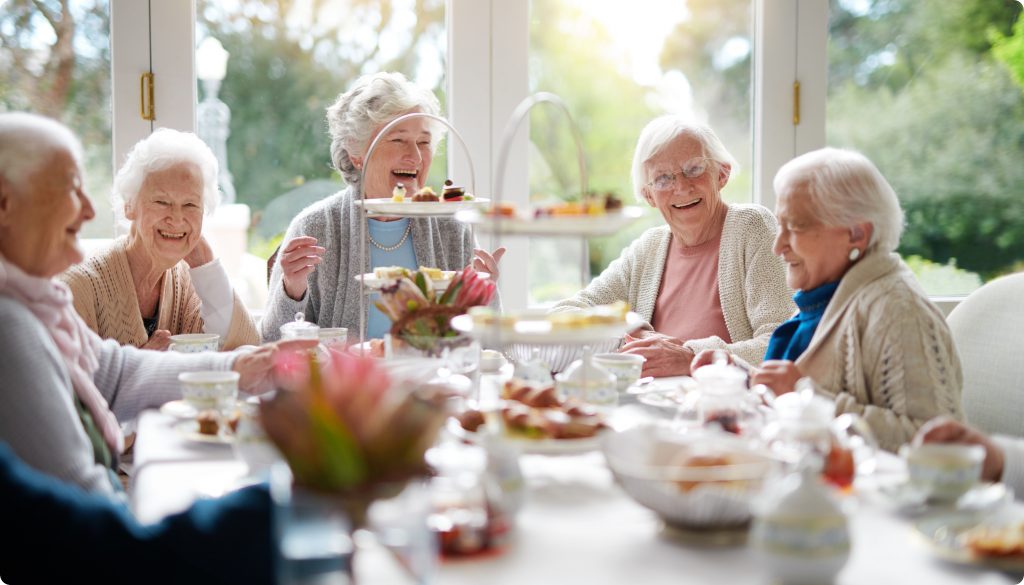2020 Senior Dining Trends
What Must Senior Dining Operators Do to Stay Competitive and Elevate the Senior Dining Experience
Accounting for generational differences of the aging population is no small feat for senior dining professionals.
Rewind to 20 years ago. Many senior living facilities had only one main sit-down dining room which served breakfast at 8 AM, lunch at noon, and dinner at 5 PM. Residents enjoyed a regular eating schedule with limited menu choices, and this was the acceptable norm. This was a great fit for the generation being served at that point in time, but fast forward back to today. The senior dining industry is seeing significant change as Boomers (born between 1944 and 1964) enter the market.
To stay competitive, dining programs continuously evolve to meet the needs and expectations of residents. Senior dining operators must find ways to stay efficient and cost-effective while meeting new demands and shifting operational practices.
What’s trending in the senior dining industry this year?
Multiple Dining Venues
Sure, you have a favorite restaurant. But, if you ate there, ordering from the same limited menu, on the same schedule, day after day, wouldn’t you get bored? Residents in senior living communities want to know that if they’re craving a burger, they can order a burger. And if they’re craving soup and a sandwich, they can order soup and a sandwich.
Give residents the power of choice by providing multiple on-site eateries with an assortment of dining styles and menus, like cafes, pubs, sit-down restaurants, and grab-and-go stations. Having a variety of dining options to choose from keeps residents interested and engaged and enhances their overall dining experience.
24/7 Dining Options
Seniors today expect convenience. They expect options. And they expect to be able to eat when they’re hungry, regardless of what time it is.
Online ordering platforms make it easy to extend business hours and offer round-the-clock dining options. In a survey across both Generation X (born between 1965 and 1979) and Boomers, nearly 1 in 3 reported shopping online “all the time”, which shows how comfortable this generation is with technology.
If a resident is hungry in the middle of the night, they find comfort in knowing they can hop online, whether from their phone, tablet, or computer, and place an order for pick-up or delivery to their room. To connect with an expert in online ordering for senior dining operations, please click here.

Keep Menus Fresh, Interesting
Menu fatigue is real, and it’s the slow driver of decreased resident satisfaction. Senior dining operators can eliminate menu fatigue and keep residents engaged in dining programs by committing to the following processes:
- Update menus seasonally to include fresh produce and seasonal ingredients
- Promote limited-time offers (LTOs) to entice diners to try new items before it’s too late
- Regularly rotate menus to incorporate current food trends
Restaurant-Style Dining
Mainstream dining experiences heavily influence senior’s perceptions and interactions with dining programs as they enter senior living communities. They want unique, restaurant-style dining experiences; the ambiance of going out to eat; space to accommodate an intimate meal with a couple of close friends or a large family gathering; a delicious meal cooked by a skilled chef upon placing their order.
To further enhance the restaurant-style dining experience, dining operators can offer the convenience of tableside ordering. When residents sit down to dine, staff members, or the residents themselves, input their orders on a tablet. Order details are automatically sent to the kitchen for preparation.
Regularly Track Resident Satisfaction
As proven by his wild success, Bill Gates was on to something when he said, “Your most unhappy customers are your greatest source of learning.” But, do you know if your residents are happy?
Across the senior dining industry, there’s a strong correlation between communities with innovative dining programs experiencing increased resident satisfaction. Senior dining operators have the unique opportunity to regularly gather real-time feedback from a static audience. While tracking satisfaction is not a new concept, it has certainly become a lot easier with the evolution of technology.
Foodservice management software allows operators to easily send mass communications and surveys to residents after every event with the click of a button. Keeping a regular pulse on resident satisfaction provides operators valuable insight to drive the continuous evolution of their dining programs. Prioritizing resident satisfaction makes senior living communities more attractive to prospective residents and drives retention among the current community population.
Elevate the Senior Dining Experience
To remain competitive, operators need to find simpler ways to manage their dining programs and streamline operations. CaterTrax provides senior living foodservice operations solutions tailored to meet the unique needs of any senior dining program. Their suite of powerful features and countless configurations support facilities of all sizes which provide all levels of care.
Click here to get in touch with a CaterTrax Sales Executive. Learn more about how CaterTrax supports senior living communities and improves the overall resident dining experience.


July 17, 2020 @ 5:14 am
Restaurant-style dining is not a brand new trend in senior living, but it’s an evolving one.
December 17, 2020 @ 10:41 am
Restaurant for seniors and giving them special treatment and actions is very great! Thank you for giving serving us.
December 22, 2020 @ 9:14 am
This is definitely a great idea. I so love how this looks like.
May 17, 2021 @ 7:12 am
Thanks for this!
June 18, 2021 @ 1:45 am
The restaurant industry constantly evolves, responding to changing consumer tastes especially for seniors citizens, social pressures, and new rules and regulations, often adopting new technologies meant to improve diner experience or bring new tools to business management.
August 25, 2021 @ 6:22 pm
A superbly written article, if only all bloggers offered the same content as you, the internet would be a far better place.
October 6, 2021 @ 11:59 pm
Senior dining operators have the unique opportunity to regularly gather real-time feedback from a static audience.
October 15, 2021 @ 10:19 am
You have a good content! Thanks
February 15, 2022 @ 1:28 am
This is a great read.
June 2, 2022 @ 6:13 am
The idea is really great.
October 8, 2024 @ 7:47 am
The subject here turned out to be very related to the one I had been studying for a long time